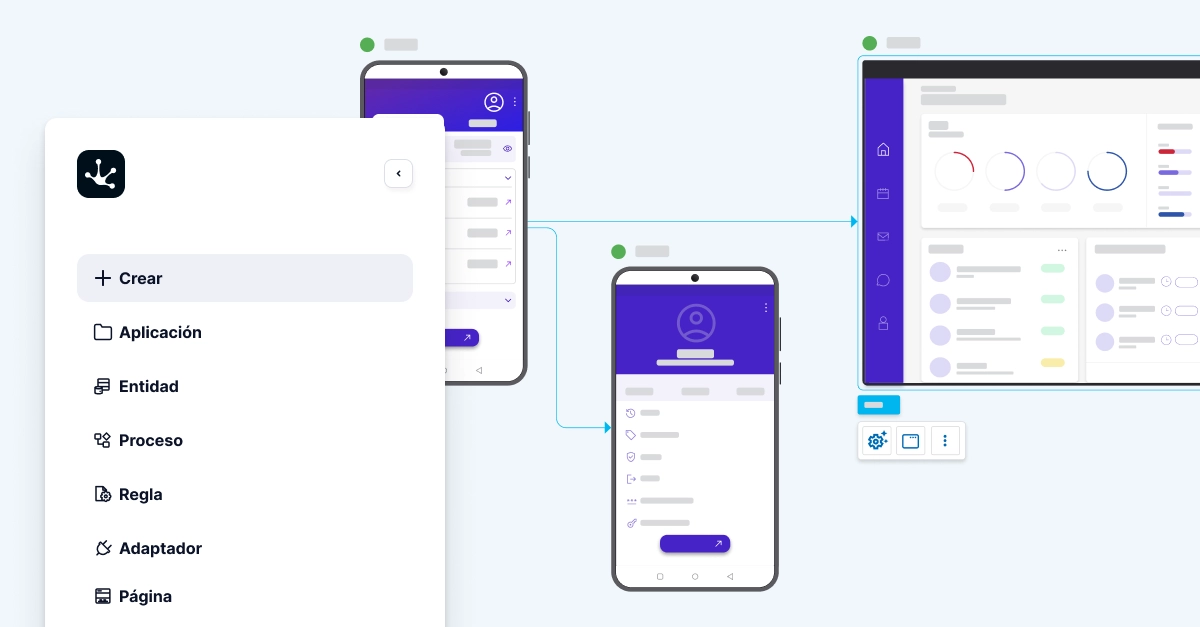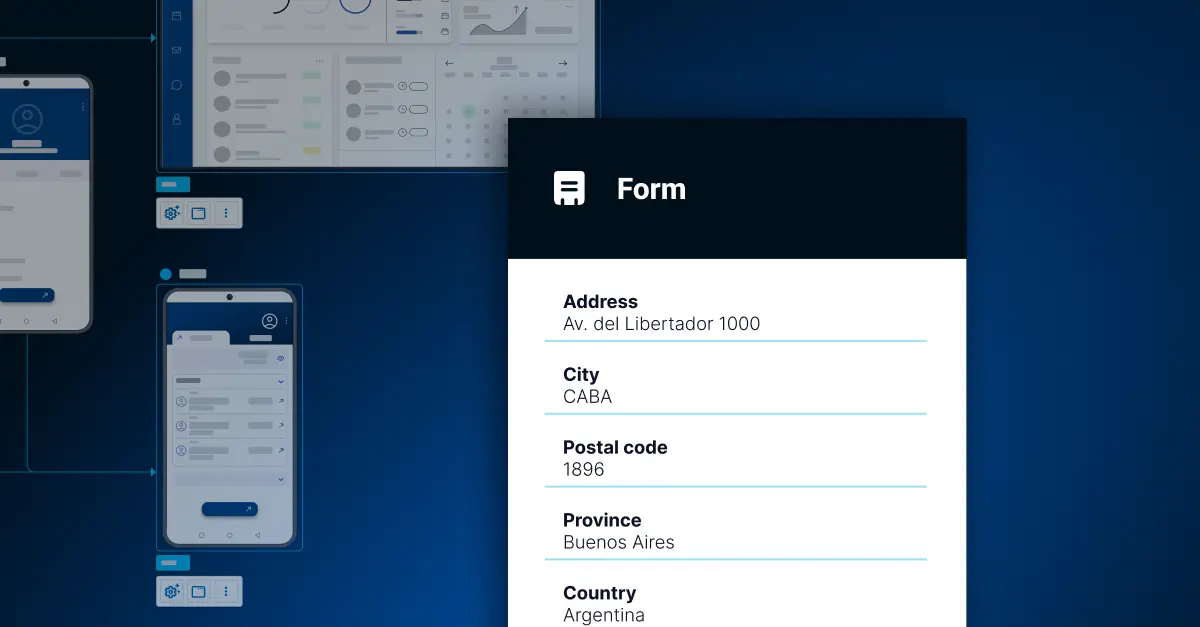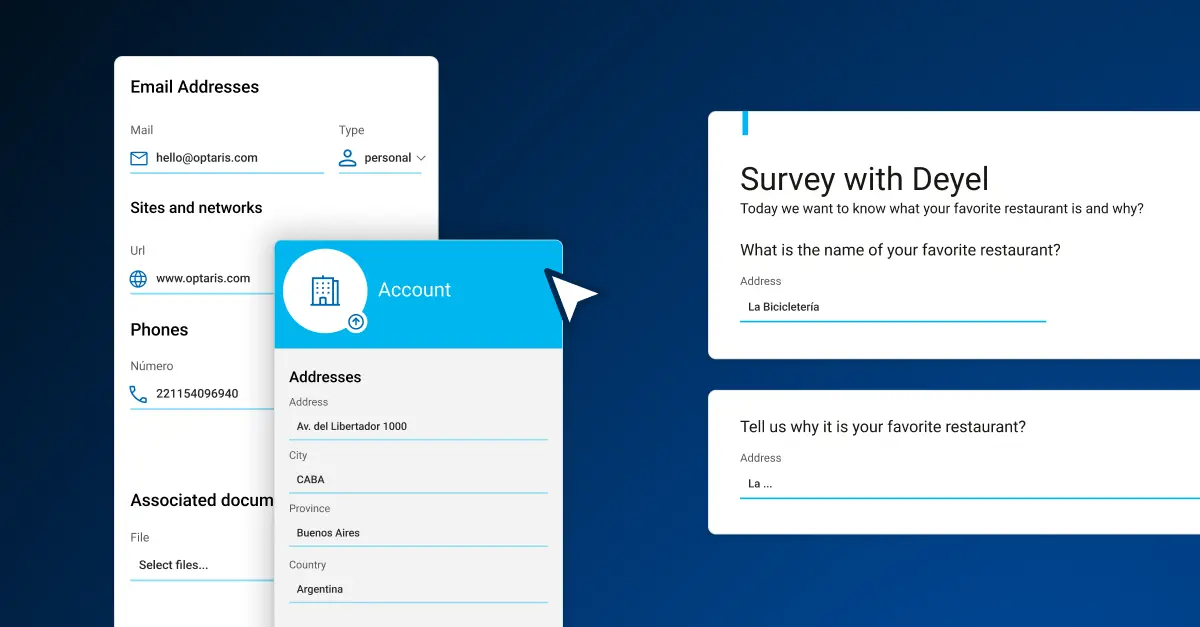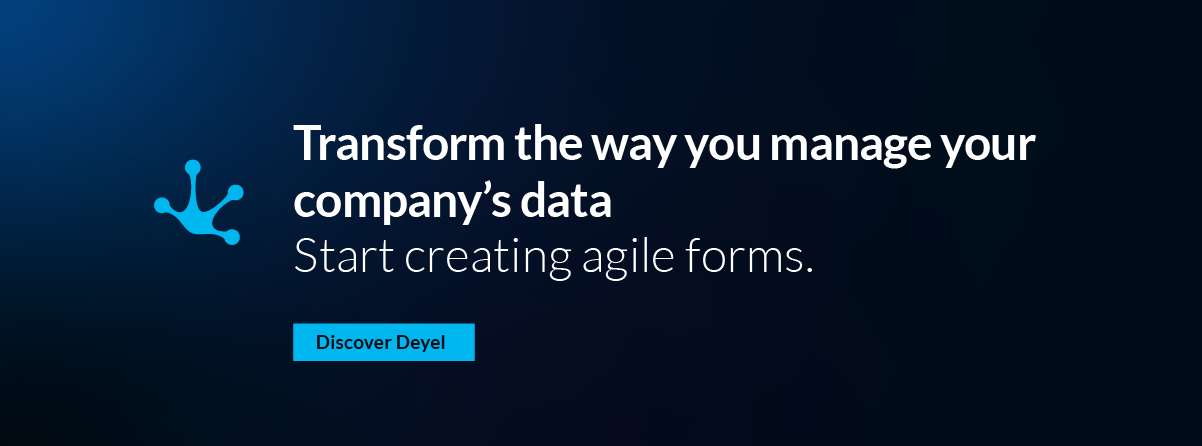
Automate business processes usingLow-Code platforms
October 10, 2024
Digital transformation in insurance: Low Code technology
November 7, 2024Get better forms with Low-Code platforms


In the digital era, the ability to quickly adapt to market demands and optimize internal processes is essential for the success of any corporation, regardless of its size. One of the most powerful tools to achieve this is the creation of digital forms. However, the true competitive advantage arises when these forms are created using low-code platforms. This approach not only streamlines development but also offers a range of benefits that can transform how organizations operate, from small startups to large corporations.
Create effective forms
Digital forms are a key component in data collection, process automation, and enhancing the experience for both customers and employees. They are used for a wide variety of functions, such as satisfaction surveys, customer registrations, support requests, human resources management, and more. However, the way they are created can make a big difference in terms of efficiency. Unlike basic solutions like Google Forms, low-code platforms allow forms to be much more than simple data collection tools. They integrate advanced functionalities such as workflow automation, connectivity with other business applications, real-time analytics, and scalability capabilities. This way, forms not only facilitate information capture but also seamlessly connect with other platform features, maximizing their potential within a complete and flexible solution. This integration capability between forms and other key components, like process management, collaboration tools, and databases, allows companies to optimize complex operations without relying exclusively on the IT team. This is where the power of low-code comes into play, transforming forms into active elements of business innovation.Types of forms you can create

Contact form
It is an essential tool for effective interaction between a company and its customers. It serves to facilitate communication, collect information, improve the user experience, organize inquiries, etc.Registration form
This type of form is essential for establishing a user database and facilitating account management. A registration form is a tool used to collect information from users who wish to create an account or register for a service, platform, or event.Payment form
Tool used for online transactions. It allows customers to make purchases securely and efficiently. Some of the actions that can be performed with this type of form include: processing payments, collecting customer information, ensuring security in transactions, confirming orders, and facilitating payment methods.Application form
An application form is a tool used to collect information from users who wish to request a service, product, or specific information. This type of form is common in various industries, such as education, employment, financial services, and more.Survey form
Used to collect opinions, comments, and data from users about a specific topic. This type of form is common in market research, customer satisfaction studies, and product or service evaluations.
These examples show how low-code not only simplifies automation but also enables companies to respond quickly to changing market needs, all without requiring a significant investment in traditional development. The ability to create, modify, and optimize workflows swiftly is key to remaining competitive in the digital age.
How the creation of custom forms impacts organizations
The ability to create custom and efficient forms using low-code platforms has a significant impact on organizations of various sizes.
- Medium-sized enterprises Medium-sized companies that are growing benefit from the scalability and flexibility of low-code platforms. As they expand their operations, they need solutions that can quickly adapt to new demands and data volumes. The ability to integrate forms with other business systems allows them to optimize their operational efficiency and effectively manage growth.
- Large corporations Large corporations can take advantage of the capabilities of low-code platforms to reduce development costs and accelerate the implementation of business solutions. Moreover, the ease of integration with existing systems allows forms to become an integral part of the company’s technological infrastructure, enhancing efficiency and coordination among different departments.

